Charles Pakana (Victorian Aboriginal News)
Joining me on the program is Kamilaroi man, Richard Bell, an artist, political activist. He’s particularly well known for using his art as a means by which he’s able to highlight various Aboriginal rights issues. Uncle Richard, welcome to the podcast.
Richard Bell
Thank you, mate. How are you?
Charles
Absolutely fine, Uncle. Let’s just get right into it. You’re well known for using your art to be provocative, to prick the conscience of the general community, but it really stems back from what I see from a very early time. Your early childhood in Charleville, I believe.
Richard
Yeah, I was born in Charleville and.
Charles
You’ve said that first 16 years was a very racist place and you almost couldn’t wait to get out of there. So how did that racism actually come about and how did it impact your future ideals and work?
Richard
Well, we lived on reserves. I was born in Charleville Base Hospital, just across the railway line from Charleville, Gamba. We also travelled around the smaller country towns around there, living in tin shacks. We weren’t allowed to live in town in those times.
Charles
So when you’re saying you weren’t allowed to live in town, that is, the township wouldn’t let you live in there because obviously you were black.
Richard
Yeah, and we own the country and…
Charles
We’ll definitely be getting onto that in the interview. Don’t worry about that. But what other forms of racism were you confronted with on a daily basis? I remember in one interview, the school bus for example, picked up the white kids but didn’t pick up the black kids.
Richard
No.
Charles
But nowadays you talk about that with a bit of a wry smile on your face. But what impact did that have?
Richard
Not much, really. We were tough people. You’re like, we’re used to adversity. You’re like, it was a daily occurrence. I just think we got sort of numbed by like this onslaught of discrimination. We adjusted to it. I think it was really sad, actually. Geez. Looking back at it now, you’re like, I didn’t realize I moved from Mitchell, ended up being in Darwin. My mother was working at a home for half caste Aboriginal kids.
Charles
Oh, don’t we love that term.
Richard
Darwin called rhetoric, which is quite a famous home for black fellas to be raised up in. I spent five years there and then we went back to Queensland and by the time we got back, I think it was like 1966 or something. 1965.
By that stage we were allowed to live in town in these little country towns out west. I missed that transition, you know, from the reserves to into the town. So when we got back there, we were allowed to live in the town for the first time. You know, we weren’t allowed to even shop in the town.
Charles
When did you, though, consider yourself to be an awakening activist?
Richard
It came well before. Well, before I could see what was going on. You know, like around, you know, like everybody else, you know, we knew what we’re seeing. We spoke about it often, you know, like whenever we had time to sit around, maybe just sit fishing, you know, talk about, you know, what was happening. And we’d be listening for news from other places, like…
Charles
…and who’s we?
Richard
Other black fellas, like my family and friends.
Charles
When did you start to realize that you were unsatisfied with the way that things were for black fellas and that you needed to weigh in on the fight?
Richard
Oh, I think I was a teenager. I’ve been observing things since I was a kid, like I was eight years old or something.
Charles
Yeah.
Richard
So I was watching all this going around me. I was increasingly frustrated. The inability, our inability to overcome these things. And what I saw was evil. I was there for everybody to see, and we were suffering from that. So I was looking. I didn’t know what I was looking for, but what it was, I think I found it in my early twenties when I went to live in Sydney, in and around Redfern.
Charles
Okay. That would be pretty formative around those times. So when you left home at 16, apparently, the story goes, you went to a party, you just didn’t go back home?
Richard
No.
Charles
So where did you go to after the party?
Richard
After the party? Oh, the party moved.
Charles
It was one of those parties, was it?
Richard
Well, I went to the next town east of us for a new year’s Eve party, and it was pretty boring. I ran into Sugar Ray Robinson and Porgy Hopkins. Yeah, a couple of black fellas..
Charles
And Sugar Ray has been very formative in your life, hasn’t he?
Richard
Yeah, well, he would say, look, gee, I think he used to stand outside the cattle camp, wait for the racist thing, 14 year old kid, and he belt his men. So he was a bit of a hero.
Charles
I can imagine. So where did you go to after that? After the party finally ended?
Richard
After that party, we went to Roma. We thought, oh, we just go there. You’re looking to be Blackfella’s playing cards somewhere. You’re looking. We started driving. There was a single lane highway, and you had to share the road with cars coming from behind you and trucks, of course.
Charles
Yeah.
Richard
Yeah. And anyway, we’re driving along there, and Porgy and Shug’s talking to each other in the front. This car come up around us, you know, we must have been going about 60 km an hour.
You look on the highway, because we were so stoned. So anyway, this white guy in this car that passed us was pointing a gun at us. You’re like. And I said, holy shit, you look. And Shug Porg was still talking to him.
And I said, didn’t you guys see that there? And they said, what? I said that the guy in the backseat was pointing a gun at us. And she’ll put the foot down. Oh, no. Ran his car off the road, you know, gets out.
The reporter gets out, grabs his gun on his guard. Oh, my God, I’m sitting in the back. So then we got to Roma, you look. And we went to this card game, and blah, blah, blah, you look. Interrupted the whole thing. They hated it. You look. Us coming in was drunk and stoned. I knew that they didn’t like noise, so I just kept talking, talking, talking, talking.
Charles
At what point, though, did you start to pick up the brush to use art as a form of expression?
Richard
That wasn’t until the late eighties. I started making tourist art, actually.
Charles
Oh, this is when you were making boomerangs, diggers and spears. So what got you into that? Was that just a way of money?
Richard
My brother wanted to do something and I just had a job, this fantastic job. I was running an Aboriginal Corporation in Moree. That was like 25 States. Yeah. And I was employed by the catholic church to create a legal entity that they could hand over hand this property that was built on Aboriginal land with a medical service, childcare service, and an adult education centre.
They wanted to hand that over to the Aboriginal people. So I created this legal entity for that to be able to happen. It gave me 18 months to do it. I think I did it in about nine and I just got bored with the job.
Charles
So how then did the boomerangs and the diggers and the spears come into it with your brother?
Richard
Oh, well, he visited me and sold me on this idea of doing this. Yeah, I went and had a crack. Of course, it didn’t work out great..
Charles
But it obviously awakened something in you that, hey, you had this artistic ability and a means of expressing yourself.
Richard
Yeah, well, this white guy came and visited us and suggested that we get into fine art. And I said, yeah. I said, oh, look at all these fine lines here. I had no idea what art was.
Charles
Yeah.
Richard
Particularly contemporary art, you know, so. But then he said, oh, so why would I get into finer? You know, he said, well, you can say and do things in art that you can’t do outside art.
Charles
So was this the formation of the famous comment, or what I consider to be a famous comment of Uncle Richard Bell? You can say what you’re like in art and you can’t get arrested.
Richard
You can, but you don’t. Basically, there’s this thing called artistic freedom, and you basically can say and do anything that you want. Mind you, our lives are full of self censorship. This good manners requires some kind of censorship. So I’m aware of that. I have to be aware of that, especially when I’m saying things, I do take into consideration what these things mean.
Charles
So when did fine art really become, this is the passion, this is the way forward and a form of political activism, or at least a voice for political activism.
Richard
My early journey in art was trying to get myself an education in it. And everybody I spoke to at that time advised me not to go to art college. I continued talking to people, like all the artists, they were saying, yeah, that’s the best way to learn. So if somebody was really interested, I would invite them around to my place. Food, alcohol, not pumped up for information, and that was my art education.
Charles
So a bit of a magpie. Just picking. Picking the best.
Richard
Yeah, yeah, yeah. Just. Just went out.
Charles
But a lot of your style, I think the stuff that really interests me in particular is your use of phrases, very short but poignant phrases in your artwork. When did that start to become a prominent part or almost a prominent signature of your works?
Richard
I started just using text, making, attention seeking backgrounds for the text.
Charles
So text was the main thing.
Richard
Yes.
Charles
And the backgrounds were almost a byproduct?
Richard
Yes.
Charles
Does that still carry you through now, into your seventies?
Richard
Yes.
Charles
And what are some of the most memorable of yours that we can actually go to air with, given that we’re not going to talk about the t-shirt that saw you pilloried in the Northern Territory parliament.
Richard
My favourite one is quite recent one. We had this map of Australia, a black map of Australia, I think it was, and had a red background, and the text read a property dispute is turned into a race debate. It really describes our set of circumstances quite poignantly.
Charles
I think the one that I think most people will remember is the one that won you the 2003 NATSIAA, the National Aboriginal and Torres Strait Islander Art Award, where aboriginal art, it’s a white thing that also was done in support almost of your Bell’s Theorem or Bell’s theorem came in as a result of that.
Let’s just look at that one, because I think it’s particularly important. Aboriginal art, it’s a white thing. What gave rise in your mind to that particular piece of art? What was the message? What had happened?
Richard
There’d been a couple of decades of discussion about Aboriginal art and how it was brought to the market, how it was created and how it was marketed, all these sorts of things. These were under discussion, like in Aboriginal communities. And basically, Bell’s Theorem was the result of those conversations that I’d had over the years with lots of different people. You’re like, mostly black fellas, and I got to write about it before other people, I guess.
Charles
Now, Bell’s theorem, for our audience, we will actually carry a link on the website with this interview with Uncle Richard to Bell’s theorem. There’s a lot of anger there, disappointment and quite blunt statements. And I wouldn’t necessarily say name calling, but when we talk about. My favorite one, BINT, is someone who’s been in the Northern Territory and the LIMES, those who’ve sort of got a little bit of knowledge and think that they can present themselves with great authority.
And then, of course, the bookies, those who’ve learned it all from the books, and once again present themselves with authority. What are you trying to get across there? This is in a section, I believe, called tribal order.
Richard
Yeah. I’m addressing a very long history of the dismissal of the rights of those who’ve lost the most. And that’s as the urban blacks from the bigger cities from around this country, not just on the east coast.
Charles
It’s interesting you say that. You don’t often hear that urban Aboriginal people such as us are referred to as, you know, we’re the ones who’ve lost the most.
Richard
Nobody says that. It’s almost unmentionable. Yeah. Because then you’re like, conjures up figures. You’re like, they represent numbers that represent amounts of money. Like my artwork sitting on the State Library. Yeah. The rent sign up on the State Library.
That’s referring to the amount of money that the Australian government owes Aboriginal people just for. Just for the rent.
Charles
But if you put rent aside, Unc, and you look at what urban Aboriginal people have lost, it’s not money.
Richard
No, this is just paying the rent on the land. This is not anything to do with the lost resources, with the lost culture either. So you look, we have lost so much here. We have asked for so little. Really? Yeah, for all this time. My position is that they should hand it back and then let’s have a discussion about what actually happens after.
Charles
That ain’t gonna happen, Unc…
Richard
I don’t care. That’s my starting position.
Charles
What do you realistically see as happening, though? I know we’re sort of working away from art almost in politics again, but what do you realistically believe could happen?
Richard
I believe that what could happen is that we’d have a one size fits all treaty that is ultimately going to be almost negligible in its reach into Aboriginal communities.
Charles
Well, you’re in the right state for that right now, Victoria, of course, with us, but we’re not going to go down that path right now.
Richard
I think what they’ve done here is quite extraordinary. We had a discussion in the Embassy last week and listening to what was happening, the process was fantastic. I’m not talking about putting any negativity on the Aboriginal side of things, because we’re going in there with good faith, but we’re ending up with colonising forces who have a history of breaking treaties. I don’t think there’s one Treaty that they haven’t broken, sir.
Charles
Well, there’s not one Treaty across the world that hasn’t been broken one form or the other. North America is the big one. What do you want to see happens apart from a treaty?
Richard
I think we need this. Truth telling is critical. That’s critical. The people have to know what happened here in the beginning. That’s just. I think the truth telling is so important. And out of that, possibilities arise for us to arrive at a better place than what we’re at now. We’re in a really dire set of circumstances here.
We have no power, virtually no resources behind us. We are nailed to the bottom of all socioeconomic indicators in this country, and that’s systematic oppression that has been built into the system here.
Charles
You’ve mentioned before. I’m going to bring it back to your art a bit because I think it’s quite relevant at this point that your art is for Aboriginal, not non Aboriginal people. But I want to take you to task on that, and that is that your art pricks the conscience of non Aboriginal people.
Do you see that? That is an important part of your work, that it starts to create the conversations, it pricks the conscience. It starts to get people thinking about, crikey, we do need truth telling. We do need to consider paying the rent.
Richard
Absolutely. To have a dance, you have to have partners. If you want a tango, you gotta have a partner.
Charles
So we consider your art almost as the background orchestra to encourage people to get together, start dancing towards a better future..
Richard
…maybe a rock and roll band.
Charles
But how important do you see your art in the movement that we can call reconciliation, or whatever you want to call it, but how important do you see your art in those discussions?
Richard
I have to be modest about it, you know, it doesn’t have that much reach. I don’t. I don’t think so.
Charles
Sorry. You’re being falsely modest. Let me ask you.
Richard
Well, I’m not trying. You know, like, not enough people even know the basics about us. You know, like there was some. Two women came into the Aboriginal Town Embassy last week, and none of them had met an Aboriginal. Neither of them had met an Aboriginal, we hear that knew anything about it, but they sat there through the whole session.
Charles
Well, let me argue with you then. But it was your art that brought them in.
Richard
To a degree, yeah, to a degree. But, you know, it’s into an environment that was created like young Aboriginal people more than 50 years ago. So that made it possible for that to happen.
Charles
But we see this exhibition, and just for the audience sake, we are here at Koori Heritage Trust today in June, early June, talking with Uncle Richard in the prelude to an exhibition out in the Federation Square. People come to these, they pass the exhibition. They hear you talking with Uncle Gary Foley.
These things attract people. You have a role to play. I mean, there’s got to be something that, after 200 years, has got to be pricking the conscience. Is that a bit of a driving force that you are trying to get it across to the non Aboriginal people?
Richard
Absolutely. Look, I started this journey so that these messages would go outside this country, and that way they can’t disappear our history. They can’t disappear these stories, if they’re going out into the world. I’m aware of that. It’s so important that these stories, that our story, our stories get out into our own communities here. You look, this country that we have, this massive island continent that we exist on here.
You look, I’m trying to imagine a better world for us. And I think, well, nothing has ever happened without it being imagined.
Charles
First, we’ll get to the last question, and that is that you’re one artist. You’ve been working for decades on promoting awareness of Aboriginal rights in this country. Do you see that your contemporaries and your peers, other artists, regardless of where they are in Australia?
We’re talking Aboriginal and Torres Strait Islander artists. Is there a duty that they carry to promote, at least at one level, awareness of truth across Australia.
Richard
I’m not sure…to be honest. Look, I feel that I have a responsibility. I got an education. My family, my parents and those around us, they wanted us to get an education so we could move into this modern, contemporary world. So I’m living up to that.
They struggled to get us to that place. Now we have so many people who are so highly educated and we’re telling these stories. We’re pushing our own barrow these days. I think we’ve done quite well in that regard. The focus on education has been exemplary, I think.
Charles
So supplementary question. Would you then like to see more Aboriginal artists take their skill as being important in promoting the message?
Richard
Well, 100%, I think we should. Well, I try to do as much as I can in that regard. People just want to make beautiful things.
Charles
Yeah.
Richard
There’s nothing wrong with that. And if they don’t feel comfortable making political statements, they should be allowed to do that.
Charles
Uncle Richard, thanks so much indeed for coming onto the program.
Richard
My pleasure. Thank you very much.


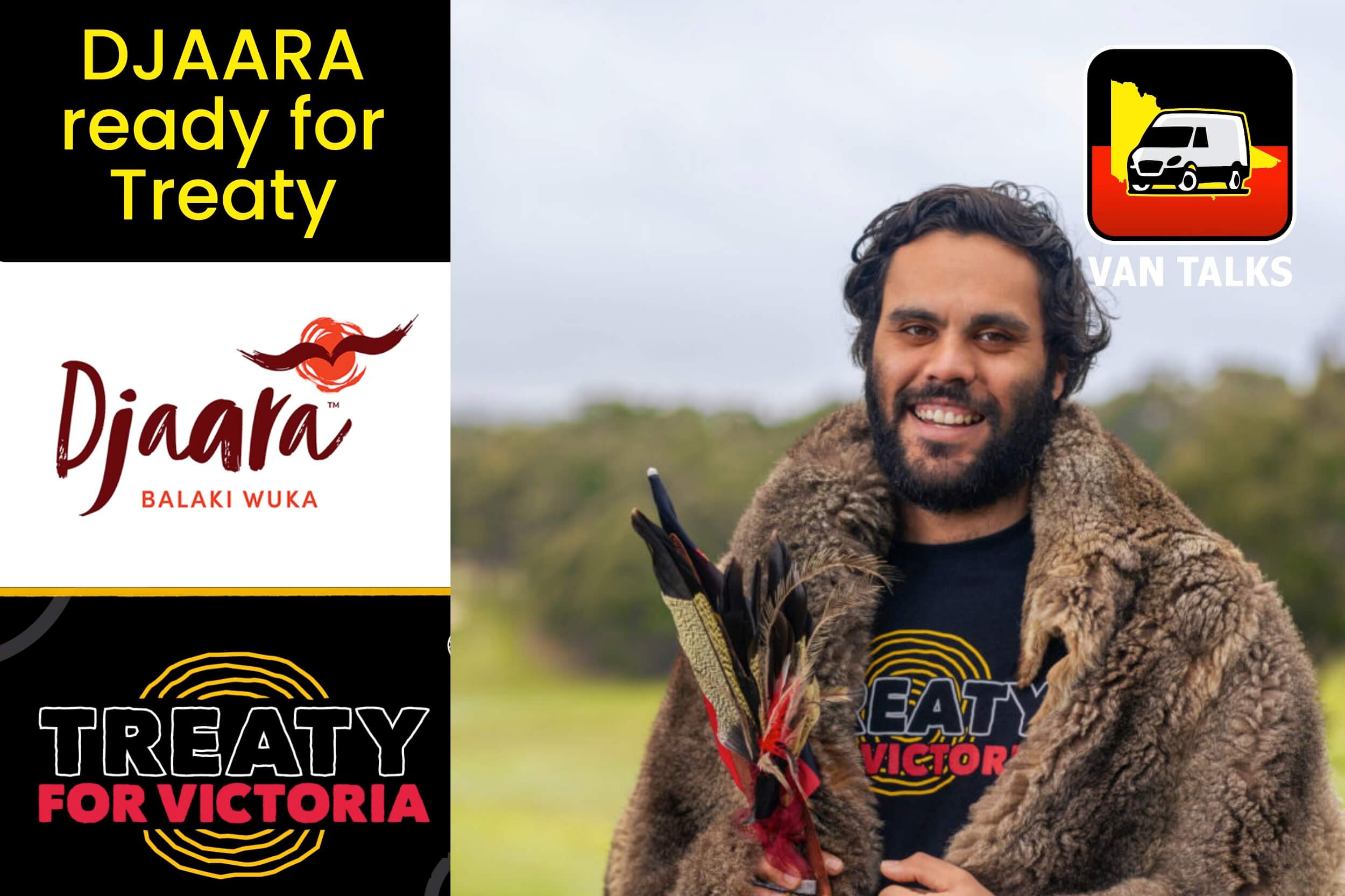
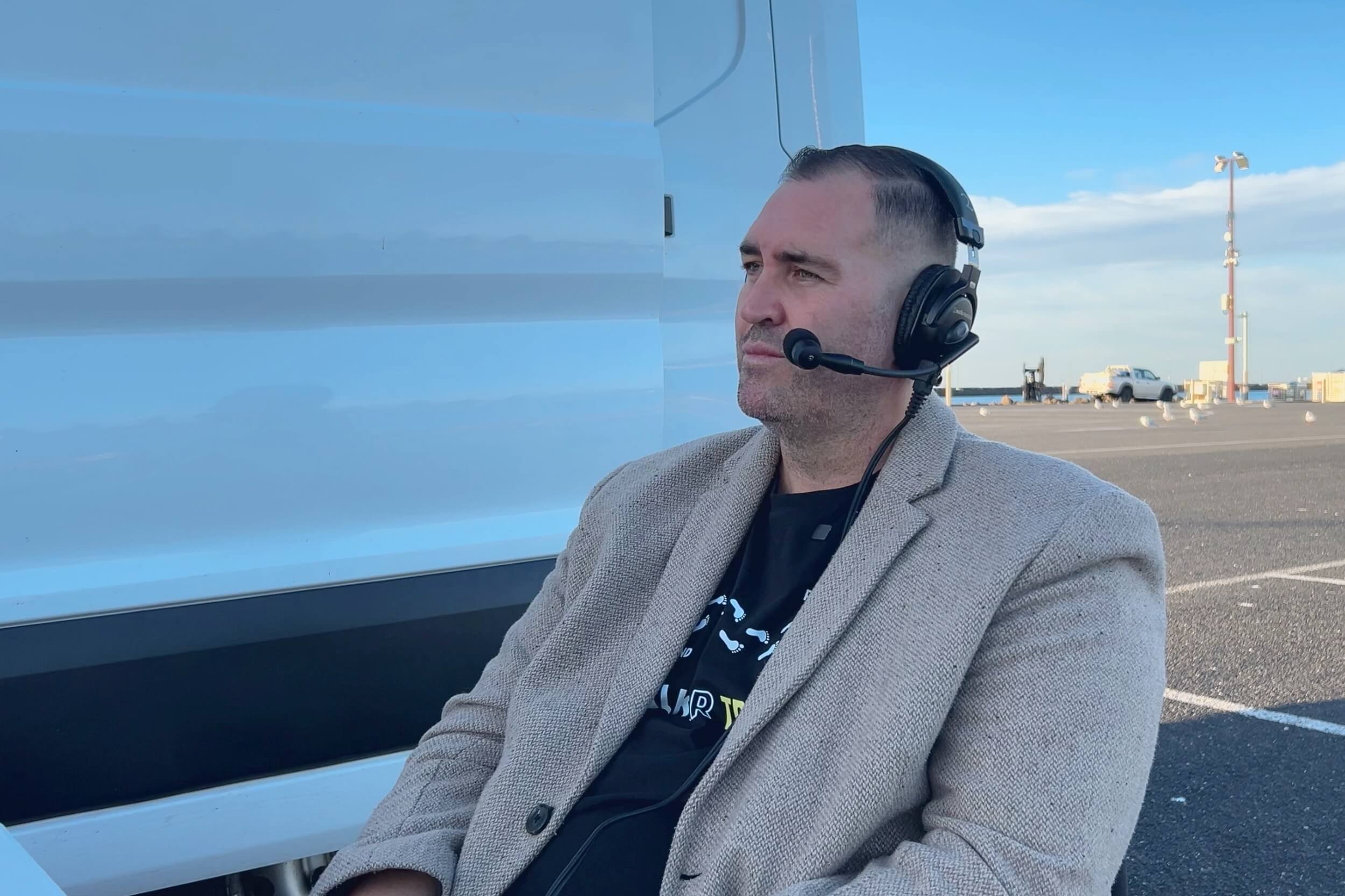
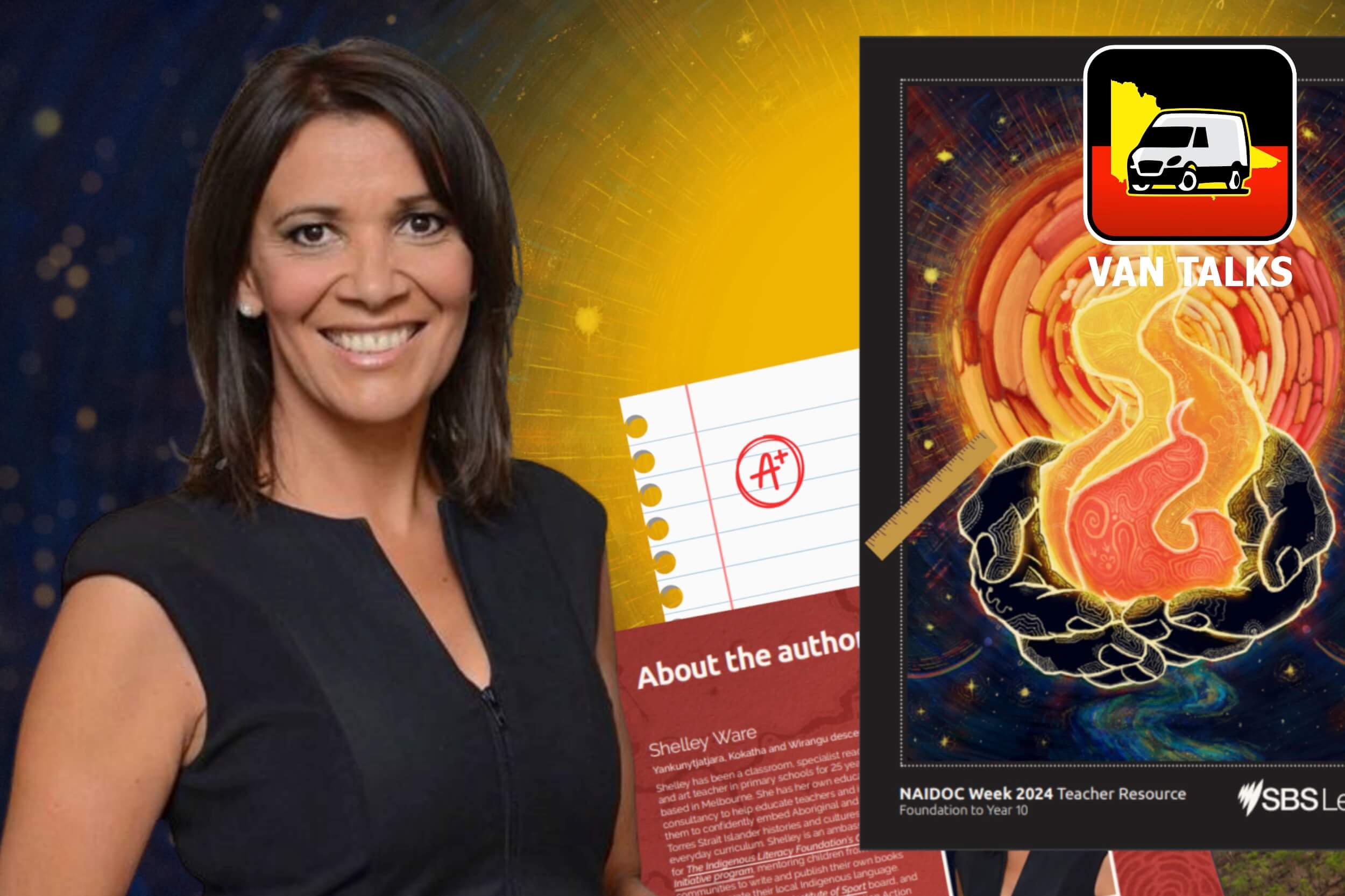
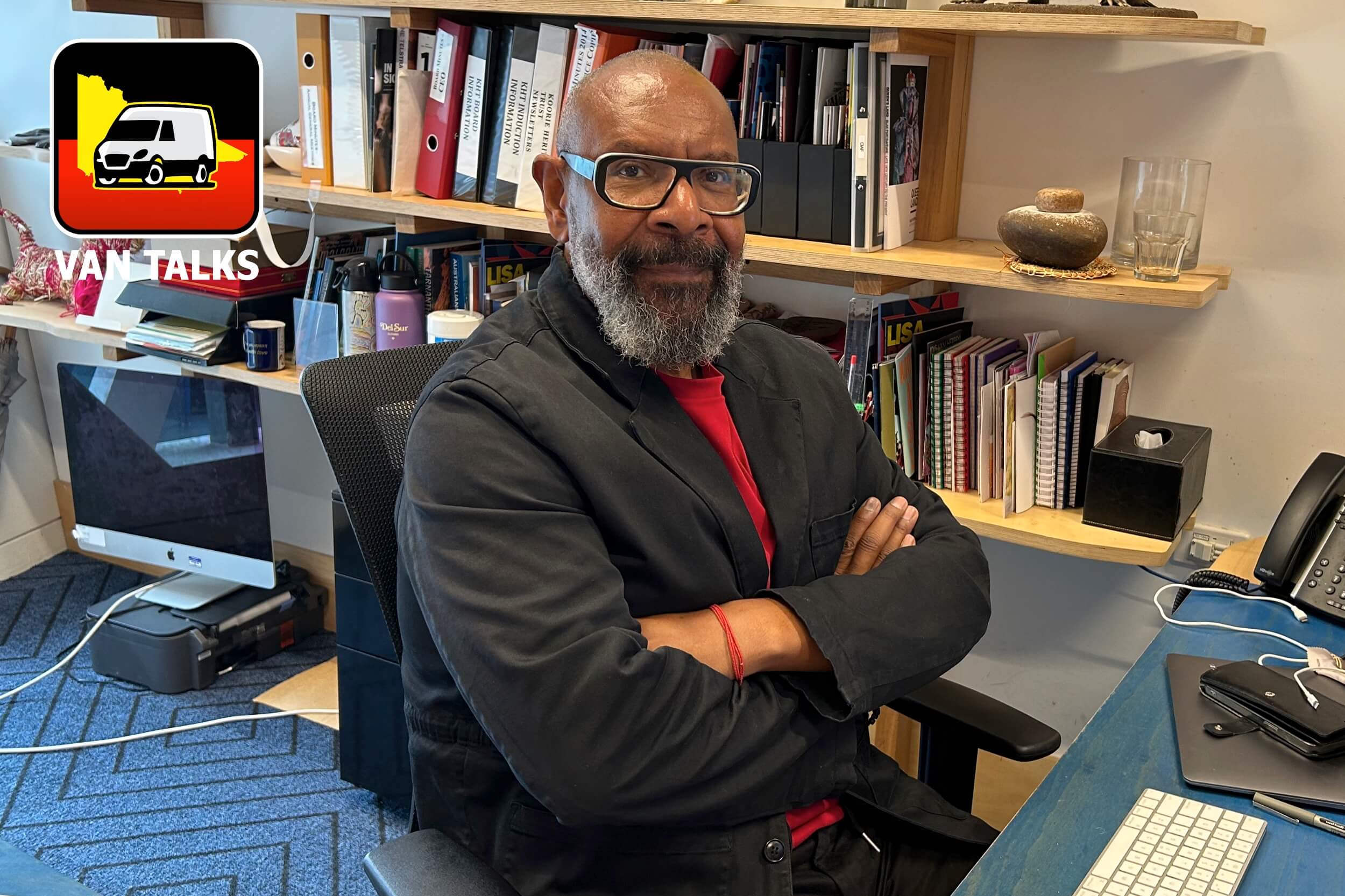
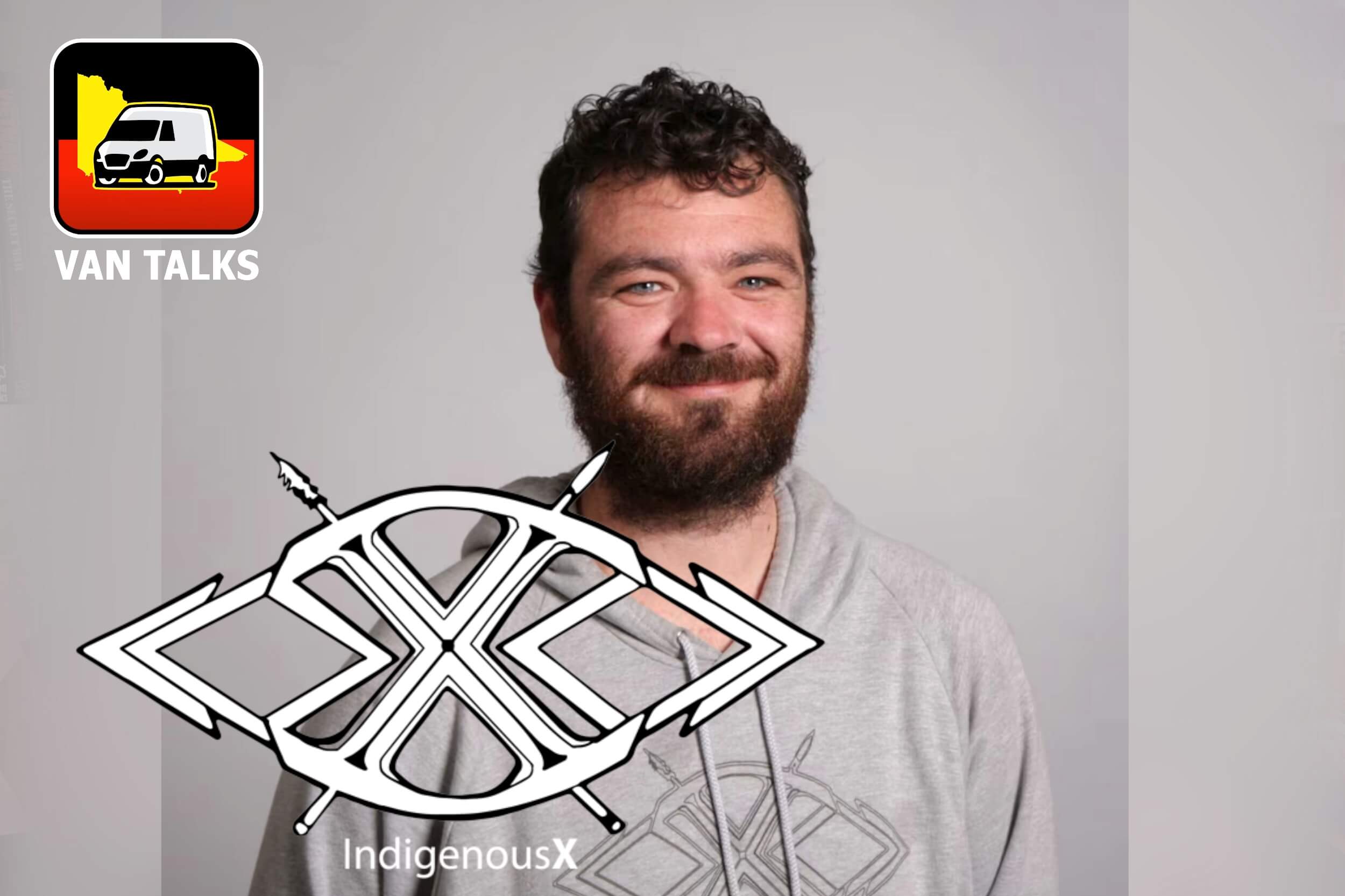

0 Comments